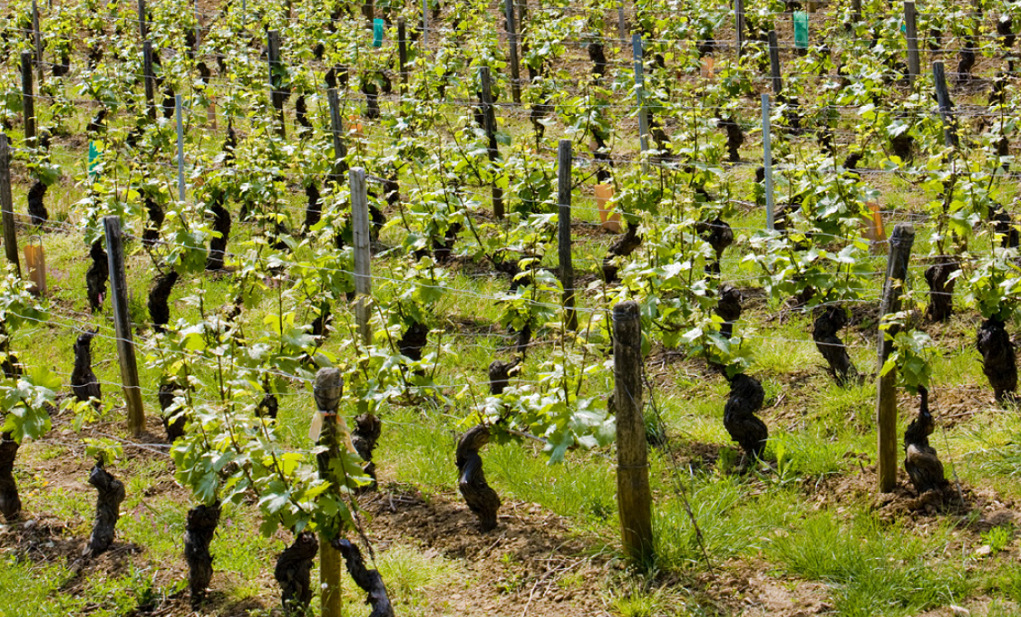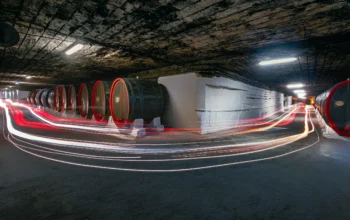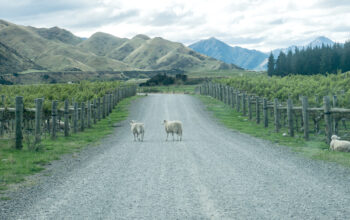Our in-house expert Karel de Graaf follows his eternal love of wine across Europe, but just as happily looks closer to home. Like his own vineyard in Burgundy; not only an area he almost single-handedly put on the Dutch wine map, but also a generous muse that regularly figures in his stories. In this edition, he explains why the Côte Chalonnaise is a small but fine alternative to the Côte-d'Or. - TEXT KAREL DE GRAAF | IMAGE EDITORS
The Côte Chalonnaise rediscovered
With the ever-rising prices in the Côte-d'Or, more and more wine lovers are diligently looking for more affordable alternatives. Besides the wines from the somewhat higher-altitude villages nestled in the inlets of the Côte de Beaune, the wines from the area immediately south of the Côte de Beaune are gaining popularity. The dukes of Burgundy were convinced of the area's potential many centuries ago. They did not have to look after the little ones, so this area must have more than enough quality to offer.
Small but fine
With 4,200 hectares of vineyard, the Côte Chalonnaise is Burgundy's second smallest district after the Côte de Nuits. Even Chablis is slightly larger. The volume produced is equal to that of Côte de Nuits at 5 per cent of total Burgundy production. In these figures, regional appellations not included, by the way. As the birthplace of Crémant de Bourgogne, the Côte Chalonnaise is therefore bound to produce a larger volume than the Côte de Nuits. To the north, the river Dheune pretty much marks the border with the Côte de Beaune. The change in the landscape is striking.
Want to find out more about the Côte Chalonnaise? You can read about it in Winelife edition 73. You can order this one here!
Don't want to miss a single edition? Subscribe then subscribe to Winelife Magazine now!
Want to stay up to date with the best articles? Follow Winelife magazine on Instagram, Facebook and sign up for our fortnightly newsletter.




